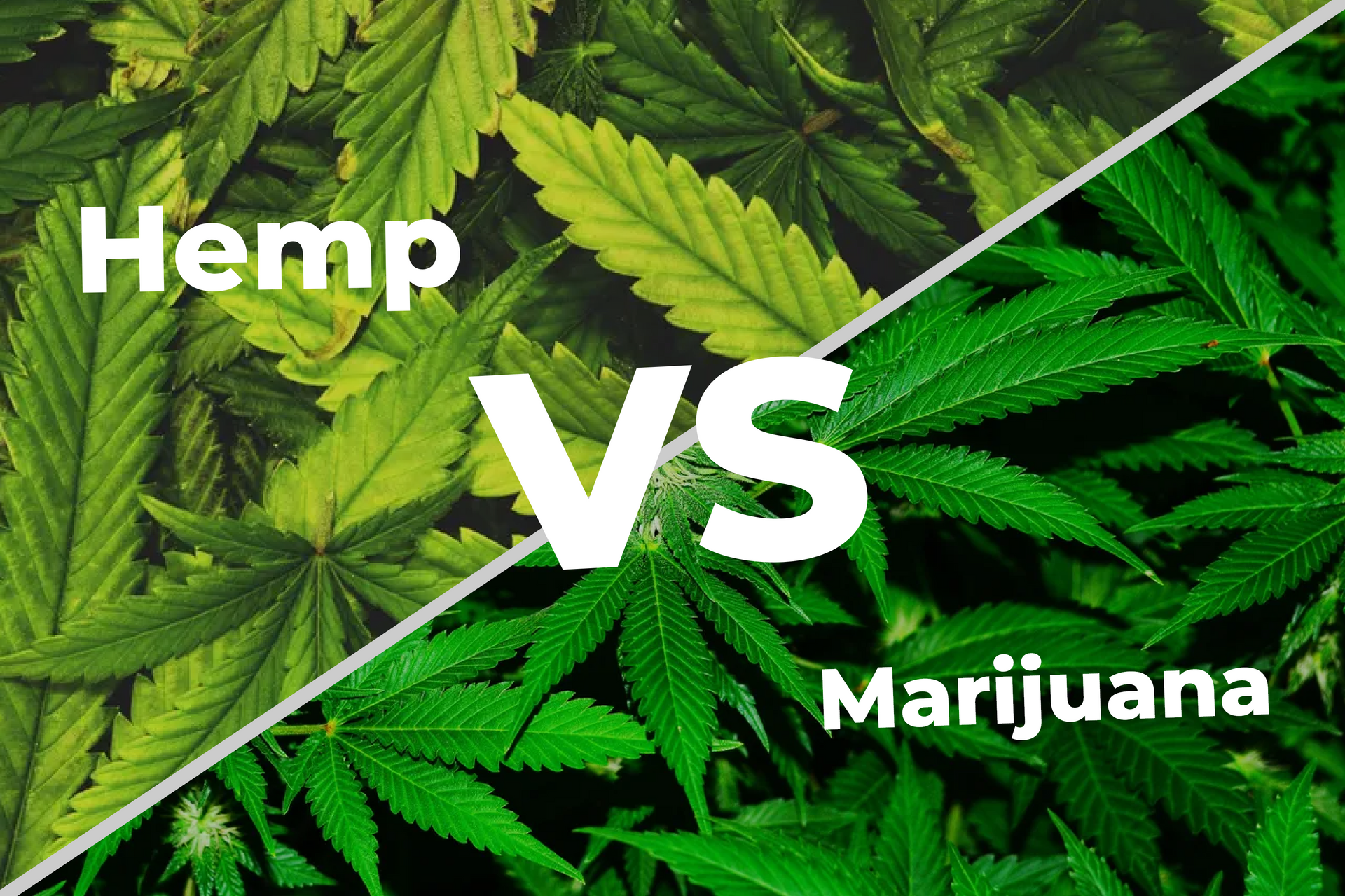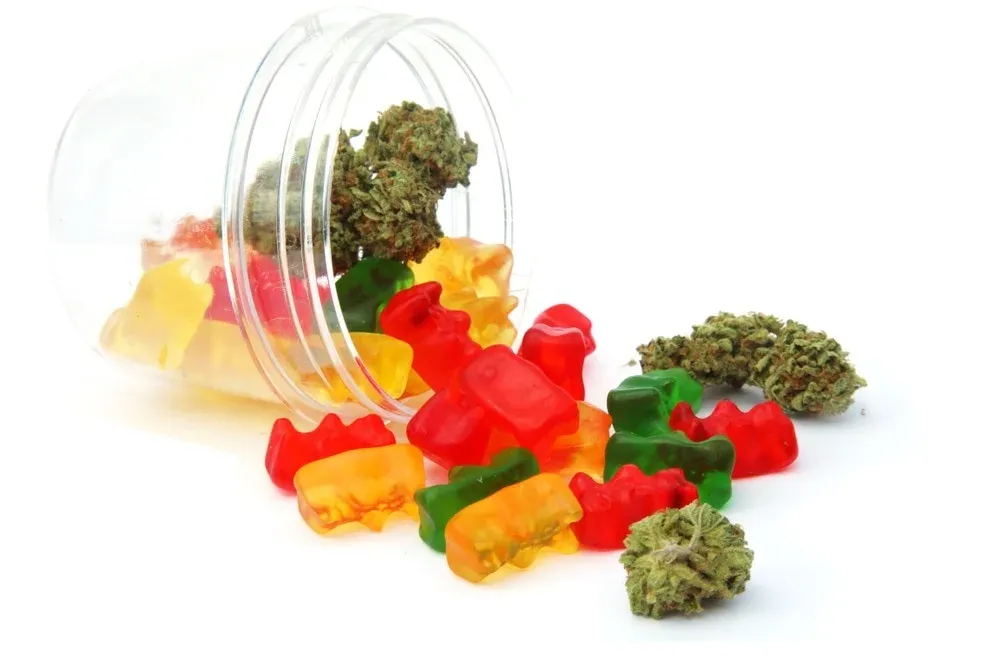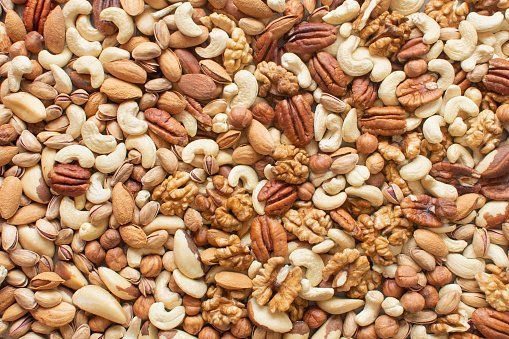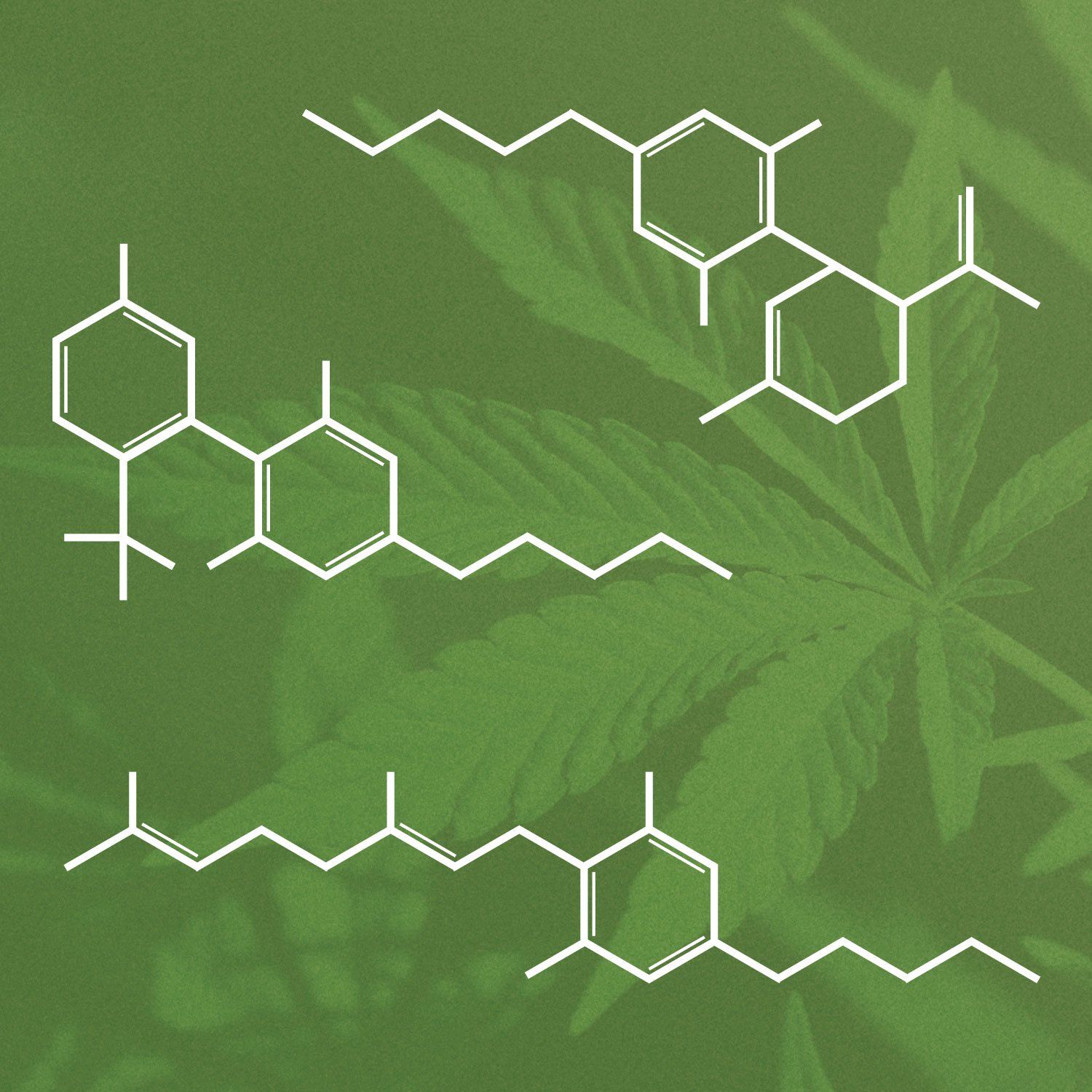Cannabis: Hemp vs. Marijuana
By Elena Norcross

Cannabis is the Latin name, and umbrella term, for hemp and marijuana. We know it as many names, differing in how it is referred to in various regions and across cultures. Referring to cannabis as “marijuana” does contain a controversial history in the United States.
Early in the 20 th century, many Mexicans immigrated to the US escaping religious and
political strife, as well as economic instability. At that time, cannabis was legally imported
across borders. Because of the arrival of the immigrants, marijuana became associated with Mexicans, and the US government further stereotyped them as a people who frequently used cannabis in anti-cannabis propaganda. This was done to draw a racist association between cannabis and Mexican immigrants. Coupled with misinformation around cannabis and bigotry, the 1930’s saw cannabis becoming federally illegal.
It has been a struggle ever since to combat misinformation about many things, not only
cannabis. At the federal level, cannabis is still illegal. It is up to the states to decide if their
constituents get the right to blaze. Now, many people in the industry refer to marijuana as cannabis to draw a distinction between the politicized term and the growing push towards full legalization.
This can be confusing because the Cannabis species also includes hemp. They are not
two different species of plants. Hemp and marijuana are two different names for cannabis, the type of flowering plant.
Legally (and thus politically), the key difference between them is the two
tetrahydrocannabinol (THC) content. THC is predominantly responsible for the high associated with cannabis. When a strain of cannabis has a high THC content, its classified as marijuana (or cannabis) for both recreation, medicinal, and criminal terms.
Hemp describes cannabis that contains 0.3% or less THC content by dry weight. This is
an arbitrary number, cooked up by an author finding it difficult to categorize the two differently because there really is no taxonomical difference. The THC level of hemp is so low that it is unlikely to get you high. Marijuana on the other hand usually means cannabis that can get you high—more than 0.3% THC by dry weight content varies among cannabis plants. Some strains are low in THC while other strains hold potent amounts of THC.
Cannabis plants are further classified as being either Cannabis sativa, Cannabis indica or
a hybrid by their features and effects. Cannabinoids, the chemical compounds found in the cannabis plant, are found in higher concentrations in cannabis flowers, leaves, and stalks. For medicinal benefits, people often use the cannabis flower which can be smoked or extracted for other products such as edibles.
Hemp is used for more artisanal means. Paper, clothing, and food products all can be
produced with hemp. The plant can be grown faster and more sustainably than other materials, making it a viable option for the present and future. Hemp is also nutritious. It is high in protein and fiber. Being that it can be grown quickly and in a supportable way, hemp could be used as a food source for insecure regions.
In 2018, the Farm Bill made it legal in the US to grow hemp, and also made hemp
derived CBD products legal as well. Cannabidiol (CBD) is a cannabinoid found in small
amounts in cannabis popular for its health benefits. It is found in all cannabis plants, but CBD products are only federally legal if they’re from hemp and contain the magic range: less than 0.3% THC.
Personally, I find it interesting to break down both cultural and political terms as well as
the way cannabis works in and for our bodies. It never fails to be one dimensional. If we could move away from these arbitrary classifications and advance research instead, who knows what struggle and pain could be prevented?
With historic propaganda campaigns against cannabis emerging again in modern US
politics and cannabis research continuing to be hamstrung, education is key. We must contest misinformation with facts and advance the plant’s efficacy through inquiry.
RECENT POSTS




